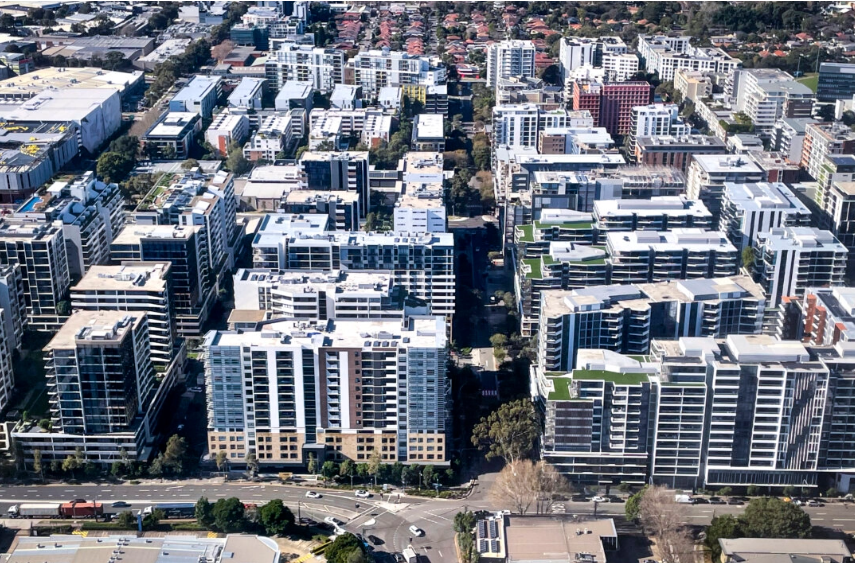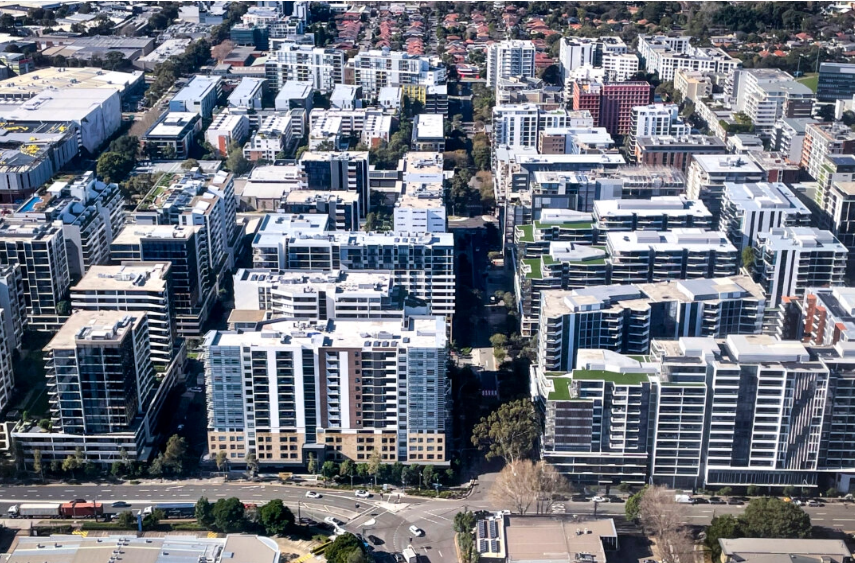Everybody’s Home Report
A new analysis highlights the profound toll that skyrocketing rent prices are taking on Australians residing in capital cities. Renters in Major Cities Paying an Extra $15,000 Per Year Since the Pandemic analysis.
The report from advocacy organization Everybody’s Home based on Square Metres (SQM) Research data showed that Renters in major cities are now paying $14,700 (US$9,900) per year for houses, and close to $9,600 more for units compared to January 2020.
Rent rises endured by Sydney and Perth
The steepest rent rises endured by Sydney and Perth, with annual increases well above capital city averages for units ($10,452 and $14,508 respectively) and houses ($18,512 and $18,304). Renters in Brisbane and Adelaide have also felt the pinch
Urban renters bearing the enormous impact of this inflationary spike because these high rent prices are placing massive pressure on households.
Maiy Azize Remarked
Maiy Azize, a spokesperson from Everybody’s Home, said “keeping a roof over their head” is the biggest cost-of-living expense for most people in Australia.
“The steep rise in rents is pushing more people into severe housing stress and homelessness,” Azize said.
“People are sacrificing the necessities to afford the rent, living in appalling unhealthy conditions because there’s nowhere else for them to go, and ditching important life decisions because of housing insecurity.
“Australians are being priced out of the cities where they work, which can affect the liveability of our cities and the quality of essential services.”
Weekly increases of $201 in Sydney and $279 in Perth
In both cities, unit rents have also risen sharply, with weekly increases of $201 in Sydney and $279 in Perth, resulting in respective annual hikes of $10,452 and $14,508.
“It went from $690 [a week] to $730 to $750 to $800 and the last one was going to be $900 but I was able to get it down,” she said. They now pay $850 after arguing no repairs had been made on the property and that they are good tenants. She is on a carer payment and works 15 hours a week at a vet clinic.
“I’m struggling to pay bills, on top of rent and groceries. There are no luxuries.”
If they get another increase, she will have to move further out, likely into another sharehouse, making it harder to get to work.
The most recent data from CoreLogic showed rents have reached a record high, with the national average now $627 a week, an 8.5% increase between May 2023 and 2024.

Azize said
Azize said a shortfall of 640,000 social homes was putting extra pressure on the rental market and pushing people into homelessness.
“That is set to rise to nearly 1 million in two decades. We need to end the shortfall and turn social housing into an option for more Australians – not just a safety net for those at the margins.”
Everybody’s Home wants the government to make changes to negative gearing and the capital gains tax, Azize said.
Australian Bureau of Statistics (ABS) data corroborates these findings, noting a clear acceleration in rental inflation in capital cities since mid-2021.
COVID-19-related disruptions
The return of demand to inner-city areas, following the unwinding of COVID-19-related disruptions, has been a significant driver of these price hikes.
“Rental price growth continues to reflect low vacancy rates and a tight rental market,” the ABS said in its latest CPI release.
Rental inflation trends vary based on a property’s nearness to the city center. While rents in suburban and regional areas peaked earlier and have since begun to stabilize, those closer to capital cities continue to rise Since March 2023, capital city rent inflation has consistently outpaced regional areas, even though the overall increase in regional rents since 2019 remains higher.
Another analysis by Homelessness Australia released early this year shows that a 16- to 17-year-old teenager sharing property in Sydney spends 94 percent of their income on rental, although lower than 99 percent in the previous year.
Ms Azize Remarked
Ms Azize said “Poll after poll shows that most voters want action on these investor tax handouts because they’re unfair and pushing up the cost of housing for everyone. Our supporters are excited by reports that Labor is open to change,”
Pre-pandemic values, according to Andrew Wilson
While rents have markedly increased since pre-pandemic values, according to Andrew Wilson, chief economist of My Housing Market, recent movements have been subdued.
He said Australia’s capital city rental markets experienced mixed results in September as vacancy rates continued to tighten following an easing earlier in the year.
While house rents usually declined, rental growth for units changed across cities. He said major cities such as Brisbane, Sydney, Perth, Adelaide, and Melbourne saw decreases in house rents, falling by 0.4 percent, 1.2 percent, 1.5 percent, 1.6 percent, and 2.4 percent, respectively.
